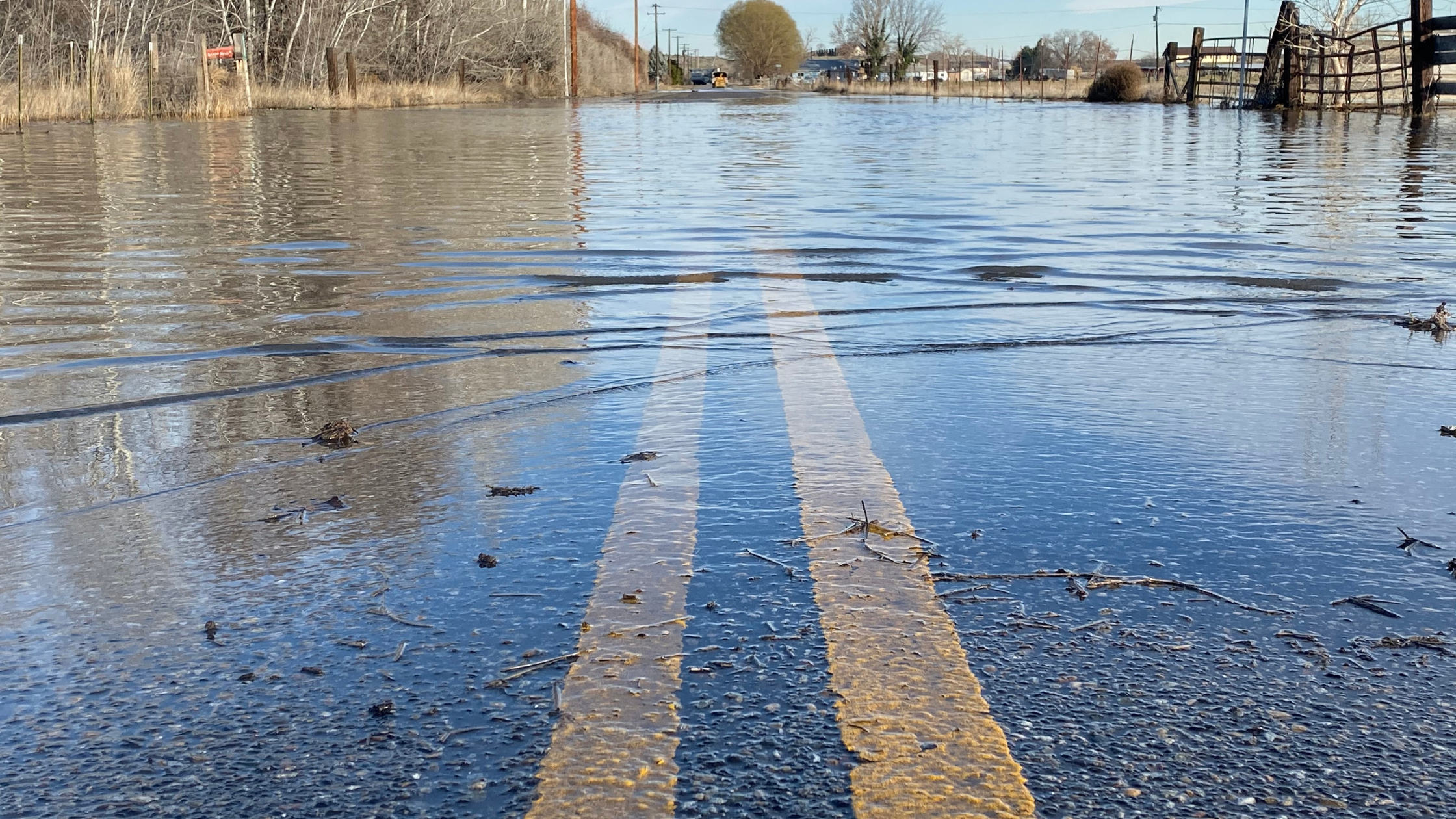In our industry, flood insurance compliance for lenders stands as one of the most highly-requested topics for resources and support.
Being that it is a crucial safeguard against potential financial risks stemming from flood-related damages, and legally required, lenders understandably want to ensure they’re up to date with compliance to ensure regulatory adherence and mitigate associated risks effectively.
Here are four essential aspects of flood insurance compliance for lenders to help you and your team navigate the complexities:
1. Understanding Regulatory Framework
Flood insurance compliance is governed by a multifaceted regulatory framework comprised of both federal and state regulations. Key entities such as the National Flood Insurance Program (NFIP) and prudential regulators play pivotal roles in setting standards and guidelines for flood insurance requirements.
Lenders that familiarize themselves with flood regulations not only feel more comfortable maintaining compliance but also have a better understanding of the regulatory mandates.
Here are resources directly from the NFIP to help with lender education.
2. Assessment of Flood Risk
Central to flood insurance compliance is the assessment of flood risk associated with properties in a lender's portfolio. This involves leveraging relevant data sources to identify properties located in designated special flood hazard areas.
Once you have identified properties in a special flood hazard area, you will also need to determine insurable value to assist with calculating the required coverage amount as outlined in the Regulation as the lesser of three: insurable value, NFIP max ($250K for residential; $500K for commercia), and outstanding principal balance. Determining insurable value can be complex, and Miniter Group is pleased to provide this free resource to aid in that effort:
Insurable Value: Building a Solid Foundation
By conducting thorough risk assessments, lenders can ascertain the level of flood risk posed to each property and determine the appropriate course of action regarding insurance coverage.
3. Procurement of Adequate Insurance Coverage
Once flood risk has been assessed, lenders must facilitate the procurement of adequate flood insurance coverage for ‘high risk’ properties. This entails ensuring that borrowers obtain and maintain flood insurance policies that meet regulatory requirements. When borrowers do not maintain minimum insurance coverage, lenders must begin the force-placed flood insurance process. This is another highly regulated but very important aspect of risk management.
4. Ongoing Compliance Monitoring
Flood insurance compliance for lenders has a lot to do with maintaining coverage. It is an ongoing effort that necessitates diligent monitoring and oversight. Lenders must implement systems and protocols for monitoring the status of flood insurance coverage throughout the life of a loan.
Lenders who utilize Borrower-Centric insurance tracking software benefit from:
- Robust procedures for verifying the sufficiency of insurance coverage.
- Software that facilitates tracking policy renewals.
- Promptly addresses potential lapses in coverage to maintain compliance with regulatory mandates.
Conclusion
Flood insurance compliance for lenders is a critical component of risk management and requires a comprehensive understanding of regulatory requirements and proactive risk mitigation strategies. Working with a vendor who specializes in compliance significantly reduces lender workload and risk of fines associated with inadvertent non-compliance.
We know lenders are committed to compliance excellence for safeguarding their borrowers and themselves against the financial impacts of flooding.



